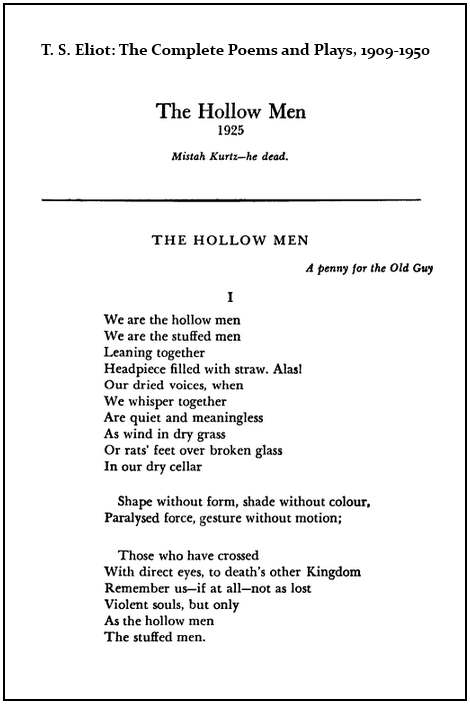|
A brief excerpt from a 2018 book about the woman who inspired Zen and the Art of Motorcycle Maintenance . . . "There is a passage in Joseph Conrad’s novella, Heart of Darkness (1899), which exemplifies much about what Quality means . . . . … the narrator, Marlow … is … in an environment he finds malign, sinister, macabre, chaotic, indifferently cruel, and nightmarishly meaningless. What saves him is his accidental discovery of a dry old seamanship manual . . . ." Conrad, as quoted in the book cited below: It was an extraordinary find. Its title was An Inquiry into some Points of Seamanship, by a man Towser, Towson – some such name – Master in his Majesty’s Navy. The matter looked dreary reading enough, with illustrative diagrams and repulsive tables of figures, and the copy was sixty years old. I handled this amazing antiquity with the greatest possible tenderness, lest it should dissolve in my hands. Within, Towson or Towser was inquiring earnestly into the breaking strain of ships’ chains and tackle, and other such matters. Not a very enthralling book; but at the first glance you could see there a singleness of intention, an honest concern for the right way of going to work, which made these humble pages, thought out so many years ago, luminous with another than a professional light. The simple old sailor, with his talk of chains and purchases, made me forget the jungle and the pilgrims in a delicious sensation of having come upon something unmistakably real. — From pp. 36-37 of James Essinger and Henry Gurr's
A Woman of Quality: |
See also earlier posts tagged Weir'd.









![I learn of the death of Paul Kurtz. IMAGE- 'Two Pillars of Skepticism- Leon Jaroff and Paul Jurtz [sic] Died This Weekend](http://www.log24.com/log/pix12C/121022-PillarsOfSkepticism.jpg)







